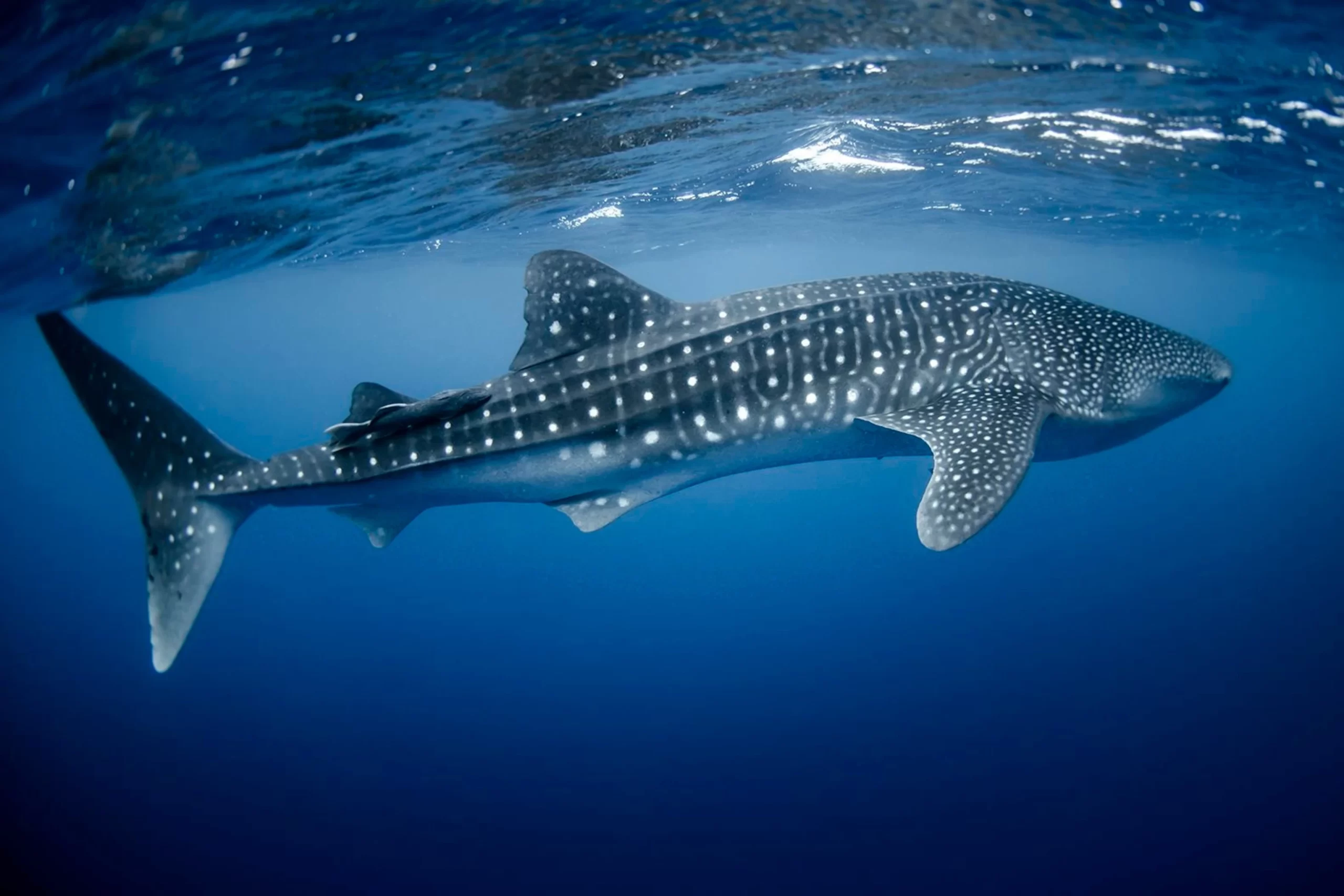
By Tania de Silva
A few days ago, when I began my research commenced on Whale Sharks, I could not tear myself away till I learned more about this mind-blowing species. They are the largest omnivorous fish in the sea, reaching lengths of 40 feet or more. Whale sharks have a vast menu from which to choose. Fortunately for most sea-dwellers—and us! —their favorite meal is plankton. They scoop these tiny plants and animals up, along with any small fish that happen to be around, with their colossal gaping mouths, while swimming close to the water’s surface.
Whale sharks are filter feeders and can neither bite nor chew. They can process more than 6,000 liters of water an hour through their gills. Although its mouth can stretch to four feet wide, a whale shark’s teeth are so tiny that it can only eat small shrimp, fish, and plankton by using its gill rakes as a suction filter. It is thought that less than 10% of whale sharks born survive to adulthood, but those that do may live up to 150 years.
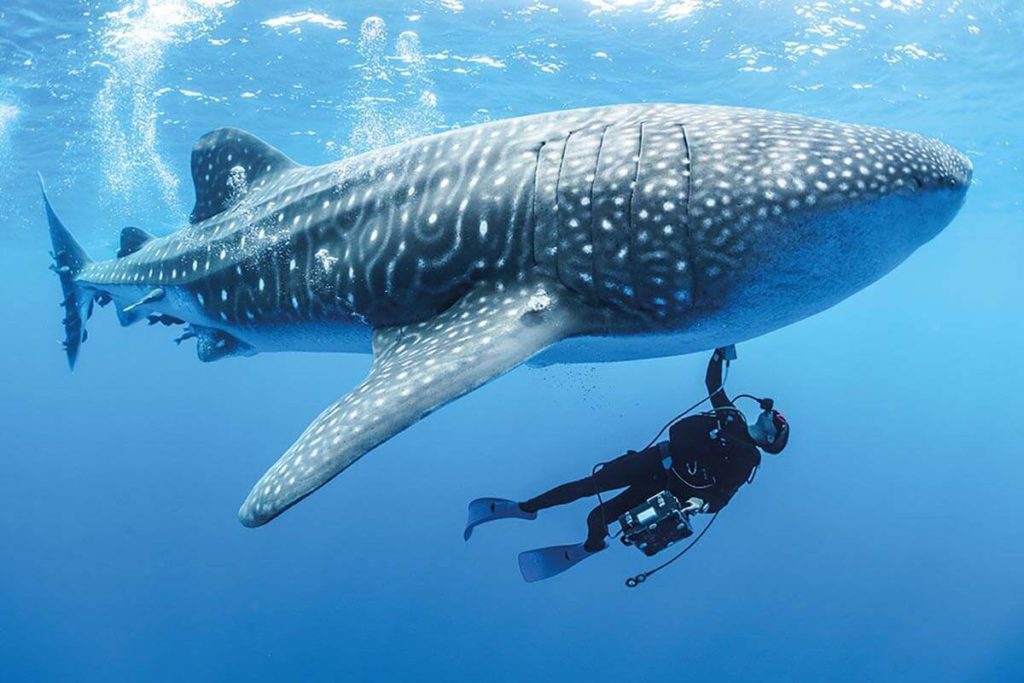
Moreover, Whale sharks can be found in all temperate and tropical oceans around the world, except the Mediterranean Sea. They can migrate thousands of miles to different feeding grounds, but only at a slow swimming speed of around 3 miles per hour. Many Whale Sharks are accidentally caught in fishing gear, as well as caught deliberately for their fins, which are a delicacy in Asia. Their ocean home is also in danger. As climate change increases the temperatures of the water – this affects both habitats and prey, causing shark populations to shift. Additionally, plastic pollution also causes entanglement or if ingested, especially by these filter feeders, could also affect populations and health.
In addition, it is thought that the most significant threat to whale sharks is habitat loss or degradation in the form of overfishing of reef fish, coastal development, land-based pollution, increased boat traffic, and noise pollution. Fishing for meat and fins, harassment, and boat strikes also pose serious threats to whale sharks.
In the past, the whale shark has been of little interest to man. At present, commercial fisheries for whale sharks are limited but may expand to match the increased demand for food products. In Taiwan, approximately 100 whale sharks are taken annually. Whale shark meat fetches a high price in this country, and this fact has stimulated larger harvests over the last few years. The processing of whale shark fins has also been reported in India. Often the whale shark is used as an indicator of waters rich in plankton-feeding fish that will, in turn, attract more valuable species such as tuna.
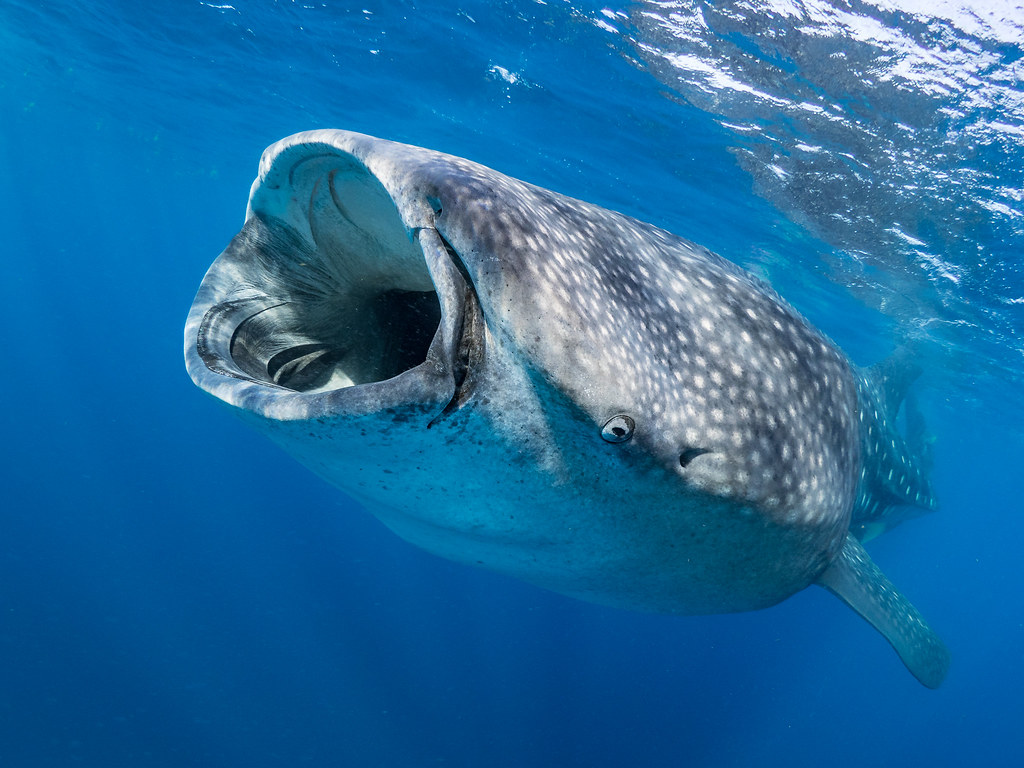
Whale sharks have been kept in aquaria in Japan, but their large size and specialized diet preclude this species from being mainstream aquarium species. In a few locations where the presence of whale sharks appears to be predictable, they are increasingly targeted by commercial tourist operations.
Nevertheless, Whale Shark serves as top predators in the food chain, and are not prey to any other creature. This allows them to play the role of regulating the levels of other predators within the ocean. The conservation of whale sharks is important. Not just because it’d be tough for other animals to take on the tasks that these colossal sea creatures manage with ease, but because losing any species within an ecosystem can have a negative impact on every other plant and animal within that ecosystem. We can do our part to protect whale sharks by choosing sustainably fished seafood, supporting governmental policies that protect sharks, and choosing tourism operators that minimize their impact on the environment while simultaneously educating their guests on the animals they take visitors to see.
All images by Simon J Pierce

Climate Change Impacts on Fisheries and Aquaculture in Sri Lanka
By Moira Alfred Sri Lanka, a tropical nation near the equator, is heavily reliant on its fisheries and aquaculture industry. However, this island, renowned as
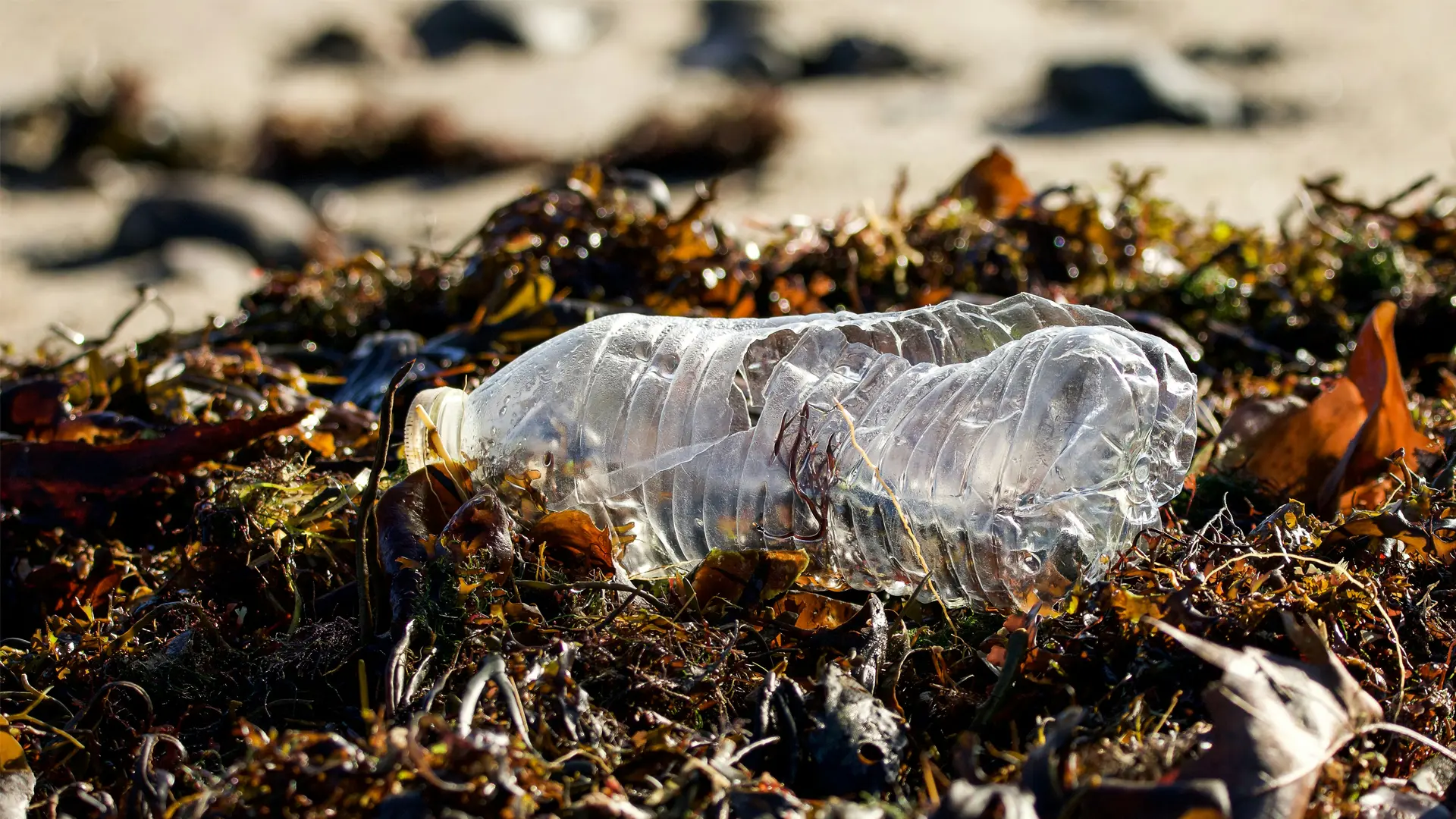
The Plastic Journey: From Oceans to Plates – Unveiling the Invisible Threat
By Dilshani Maralanda Plastic pollution has become a serious global issue, transforming our beautiful, biodiversity-rich oceans into vast dumping grounds. Unlike natural materials, plastics are
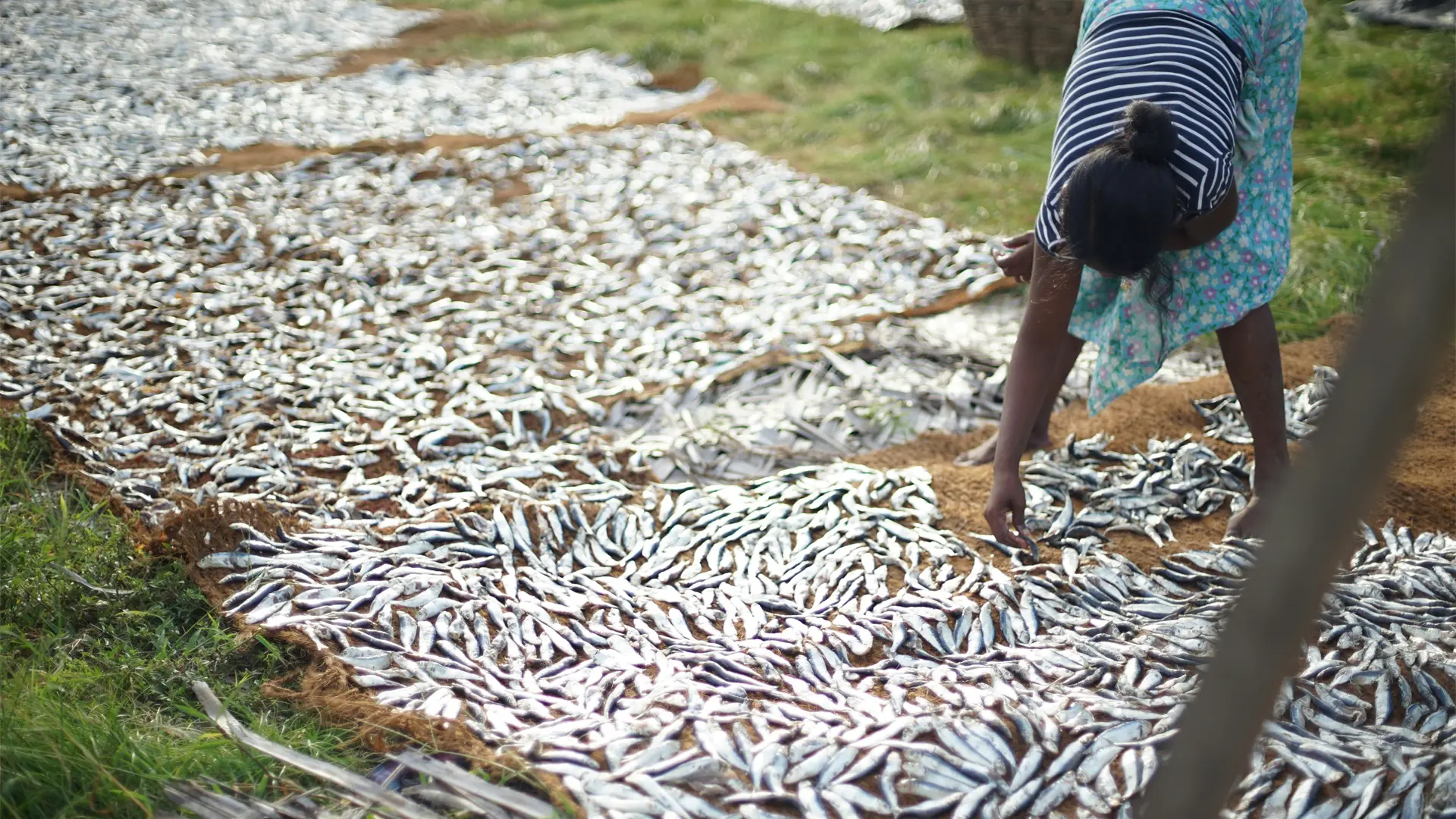
The Unsung Heroines of Sri Lanka’s Coastal Fishing Communities
By Nadithi Jagoda When we picture Sri Lanka’s coastal fishing industry, images of fishermen hauling in their daily catch often come to mind. But behind
